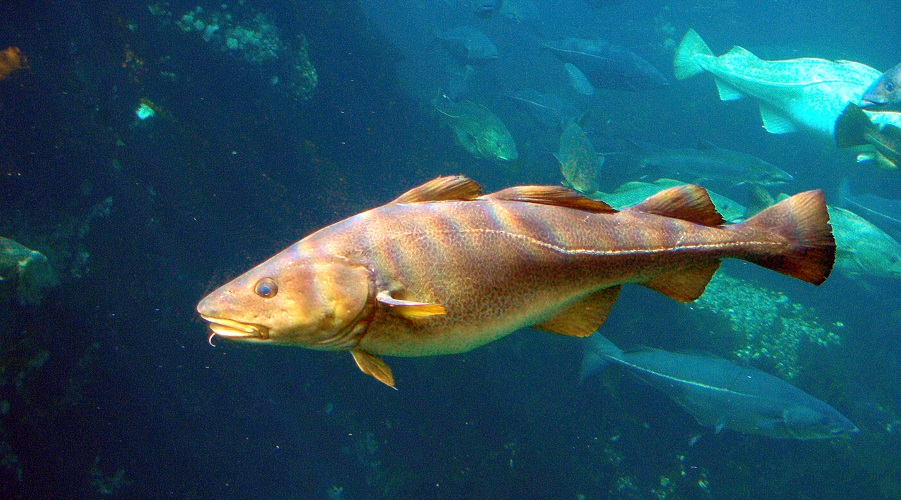Russian fishing fleets operating in the Barents Sea dumped 42.7 million tonnes of good fish back into the ocean over the past 65 years according to new research. Thankfully, fishing practices have improved in recent years.
The study by researchers with the Sea Around Us at the University of British Columbia, and the Sea Around Us – Indian Ocean at the University of Western Australia, reveals that 55 per cent of the total catch taken by Russian fishers from the Barents Sea was discarded due to poor fishing practices and inadequate management.
“Russian fleets operating in the Barents Sea, whose management is shared with Norway, have historically used trawlers to fish mainly for cod and capelin. They started with less than two dozen trawlers at the beginning of the 20th century and a few decades later had more than 500. Since this is a non-selective fishing gear, it catches large amounts of untargeted fishes. In this case, large amounts of haddock, redfish, undersized cod, and Greenland halibut were being caught and thrown back into the ocean,” said Sarah Popov, who led the study while working with the Sea Around Us at UBC.
Although discarding declined considerably after the 1990s when larger mesh sizes and sorting grids were more widely adopted by bottom trawlers, the practice had another pervasive effect: it led to the overexploitation of the most commercially valuable species.
“After a peak in the mid-1970s, the Atlantic cod, capelin and haddock populations experienced a massive decline. Despite the fact that the collapse of the Soviet Union saw the return of most of the former Soviet distant-water fleet to the Barents Sea, the growing fishing effort in the region did not result in a corresponding increase in catch,” Popov said.
From a peak of nearly 950,000 tonnes caught in 1974, a decade later the Atlantic cod fishery was producing as little as 19,000 tonnes per year. A slow recovery started in the mid-1990s, thanks to the adoption of new legislation and fishing gear regulations as part of a joint effort by Norway and Russia to more sustainably manage stocks. Currently, the fishery catches close to 183,000 tonnes per year.
While the heavy exploitation of the region in the 1970s and earlier show the negative impacts of industrial-scale trawling on fish stocks, the recovery of a majority of these stocks in the 1990s reveals the benefits of sustainable stock management. Larger mesh sizes ensure fewer undersized fish are caught, leaving the fish in the water instead of hauling them up, only to be discarded.
“The Barents Sea is among the first areas in the world to develop large-scale commercial fishing and therefore intensive exploitation has been taking place there for a long time. The decline of the cod fishery prompted coordinated actions by the Joint Norwegian-Russian Fisheries Commission, which led to a slow recovery up to current levels. Such a recovery highlights the importance of maintaining ongoing cooperation between countries over time,” said co-author Dirk Zeller who leads the Sea Around Us – Indian Ocean at UWA.
The study “Reconstructed Russian Fisheries Catches in the Barents Sea: 1950-2014” was published in Frontiers in Marine Science. DOI:10.3389/fmars.2018.00266.



